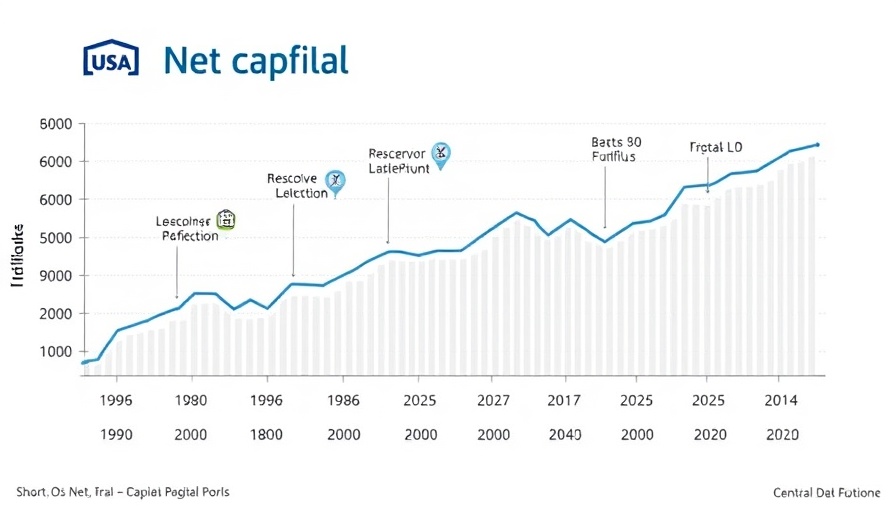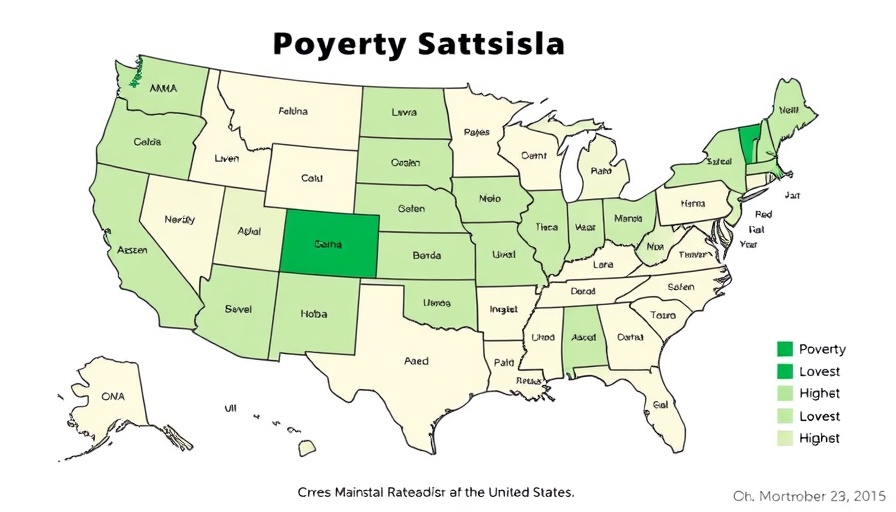
Understanding Tariffs in the U.S. Economic Landscape
As discussions about tariffs heat up, it's crucial to understand their implications in the American economic landscape, particularly for high earners in regions like Philadelphia. Recent economic changes suggest that U.S. tariffs may be morphing into a de facto form of a Value Added Tax (VAT), impacting consumption patterns and corporate profitability.
Comparing Tariffs and VAT: What’s the Difference?
Despite their differences in theory, tariffs and VAT exhibit notable parallels in practice. Tariffs are levied on imported goods, often serving as a protective measure for domestic industries. Conversely, a VAT applies uniformly to all goods sold, regardless of origin. Analysts suggest that as tariffs increase, they may impose a similar financial burden on consumers, akin to VAT, particularly given the drive to reduce income taxes in favor of consumption taxes.
Why This Matters for Philadelphia's High Earners
For top wage earners in Philadelphia, understanding these economic shifts is vital. The increasing cost of goods due to higher tariffs could strain disposable income and investment decisions. Since many affluent citizens might consider relocating or adjusting their spending, their responses could influence local market dynamics.
The Future of U.S. Trade Policies
The trajectory of U.S. tariffs will likely depend on political developments and global trade dynamics. An overwhelmed market trying to adjust to these rapid policy changes may signal a need for more comprehensive strategies that safeguard national interests without disrupting economic stability.
 Add Row
Add Row  Add
Add 




Write A Comment